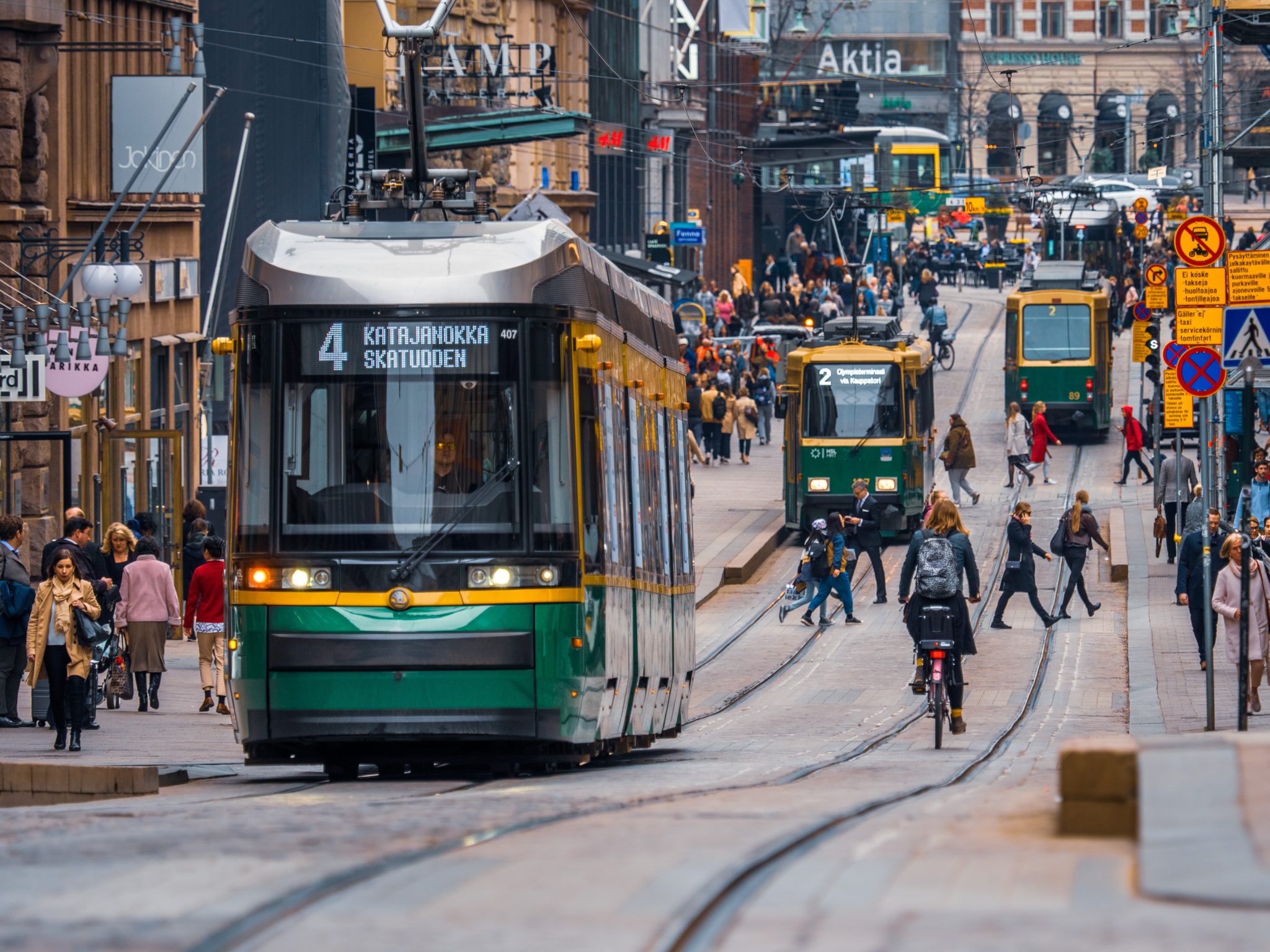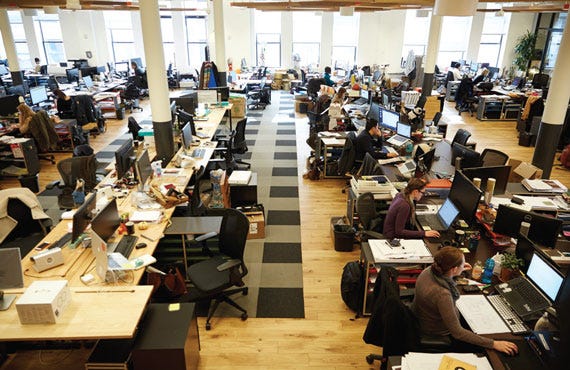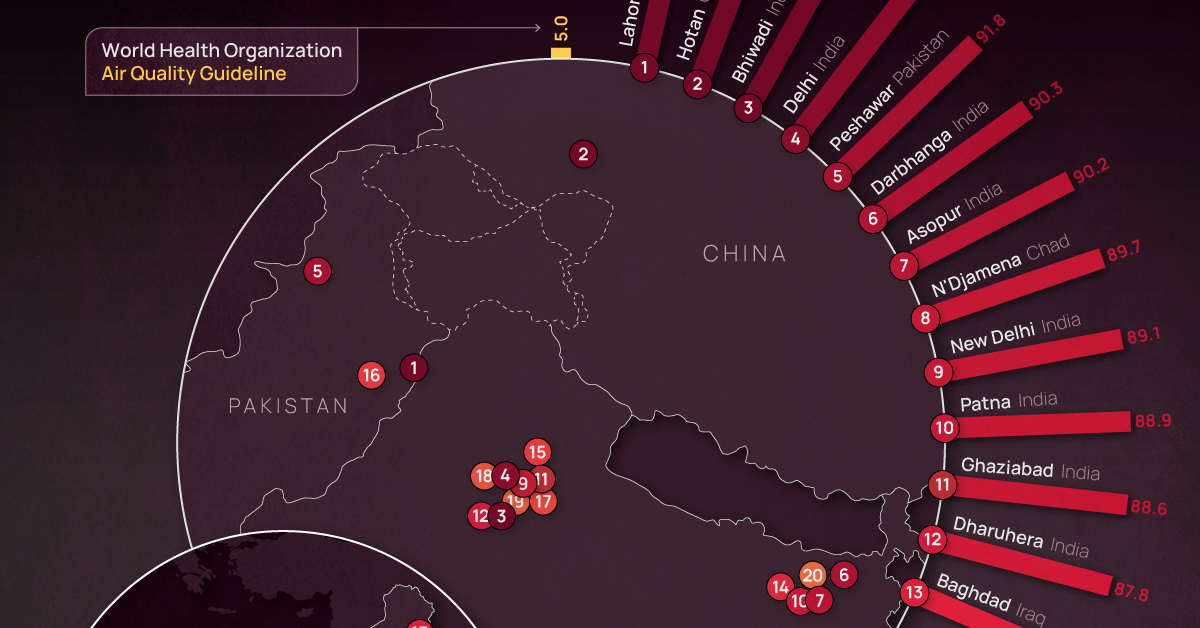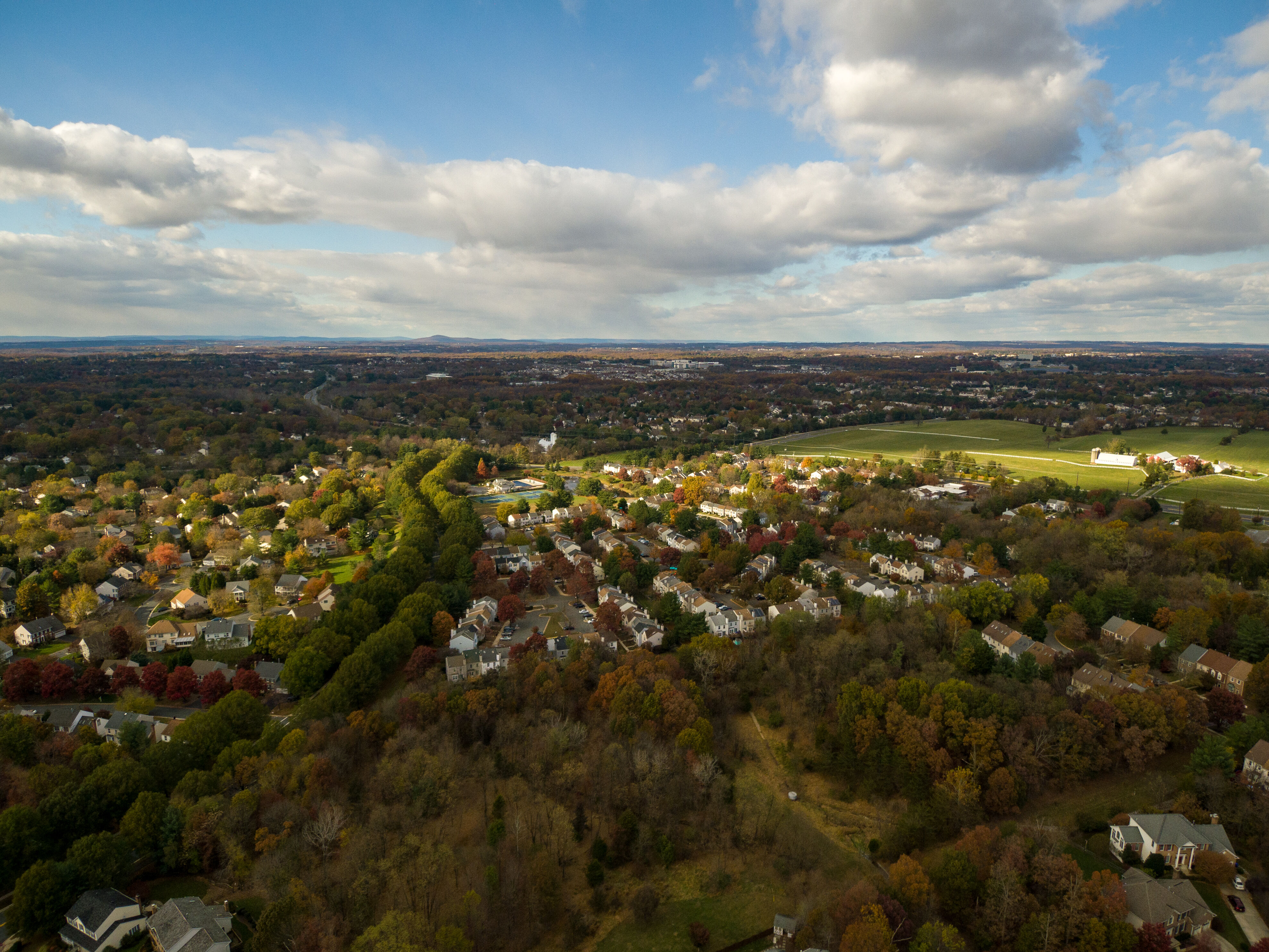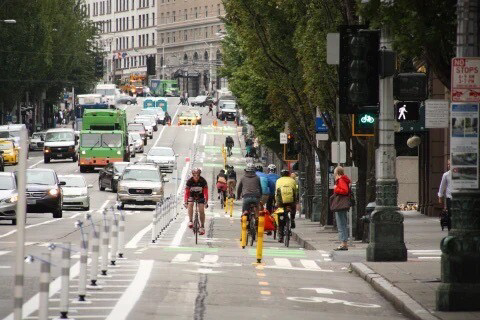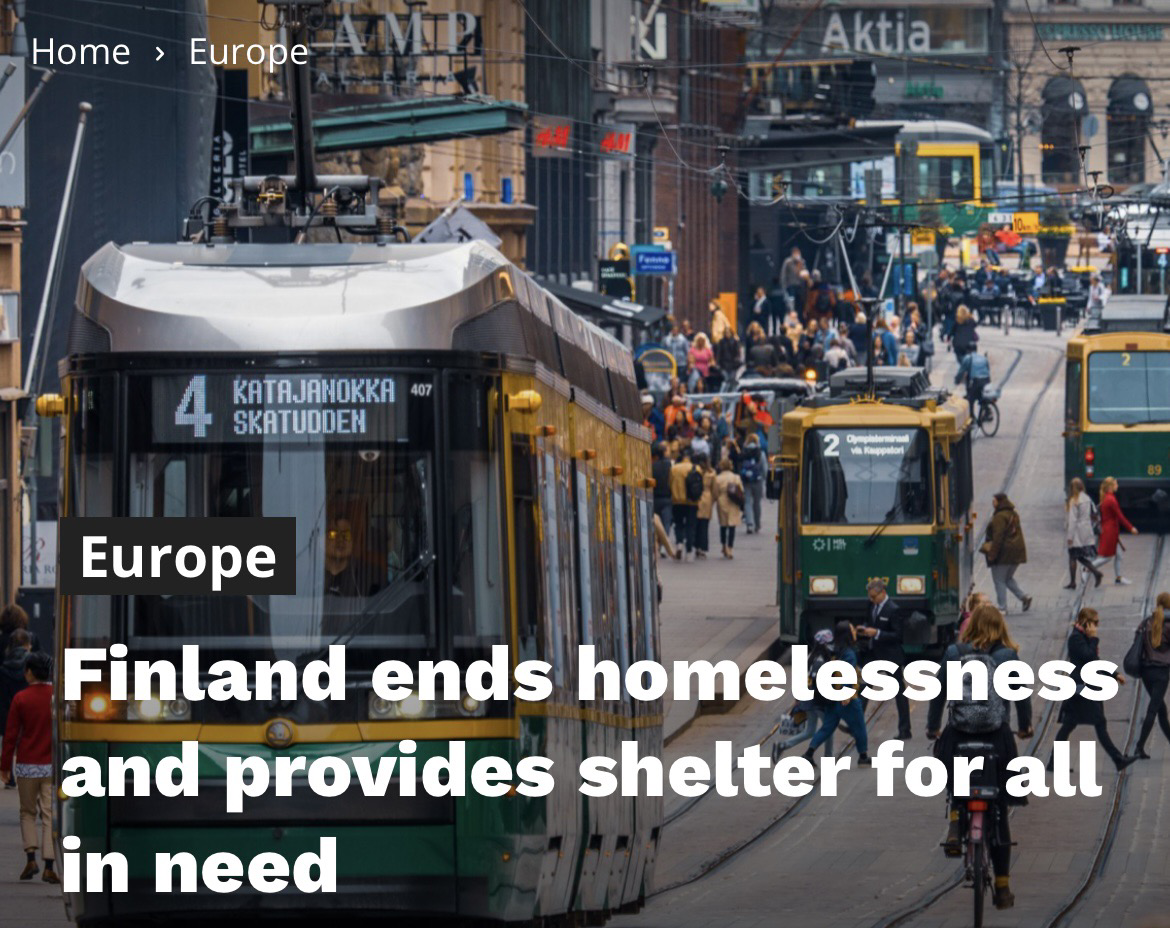ex-military #RW #Remote #Viewer #LynBuchanan reported that he had RVed something very much like this back in 1998.
Here's a good #interview with him by researcher Linda Howe: #LMH
Source: https://youtube.com/watch?v=J3MP6KQL5bo
The section that features Buchanan is from 13:13—20:45. He said there'd be a marked #population #reduction between 2020—2050. By 2050, there'd be #no large #cities, a very greatly reduced population, and a largely agrarian society, Linda asked if it was war that would cause that, and Lyn said no, saying that the #food and the #atmosphere would be ' #poisoned', and also that climate change would play a part. He said that many other remote viewers 'saw' the same thing, over many sessions.
In this different interview, go to a brief section starting at 46:20:
Source: https://youtube.com/watch?v=39l_eQTeLrg
Here, he said that 2020 was when the "disasters were going to start", winding up "wiping out a large portion of humanity". He said that "cities were no longer useful", "people would voluntarily isolate themselves from each other", and grow their own food, adopting an agrarian lifestyle. He said "technology would be how they'd continue their relationships" (he presumably meant long-distance) — and that the situation would last 20 years. But in the end, he said, "the human situation would be better".




